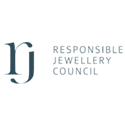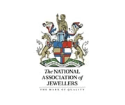The British Royal Family & Welsh Gold
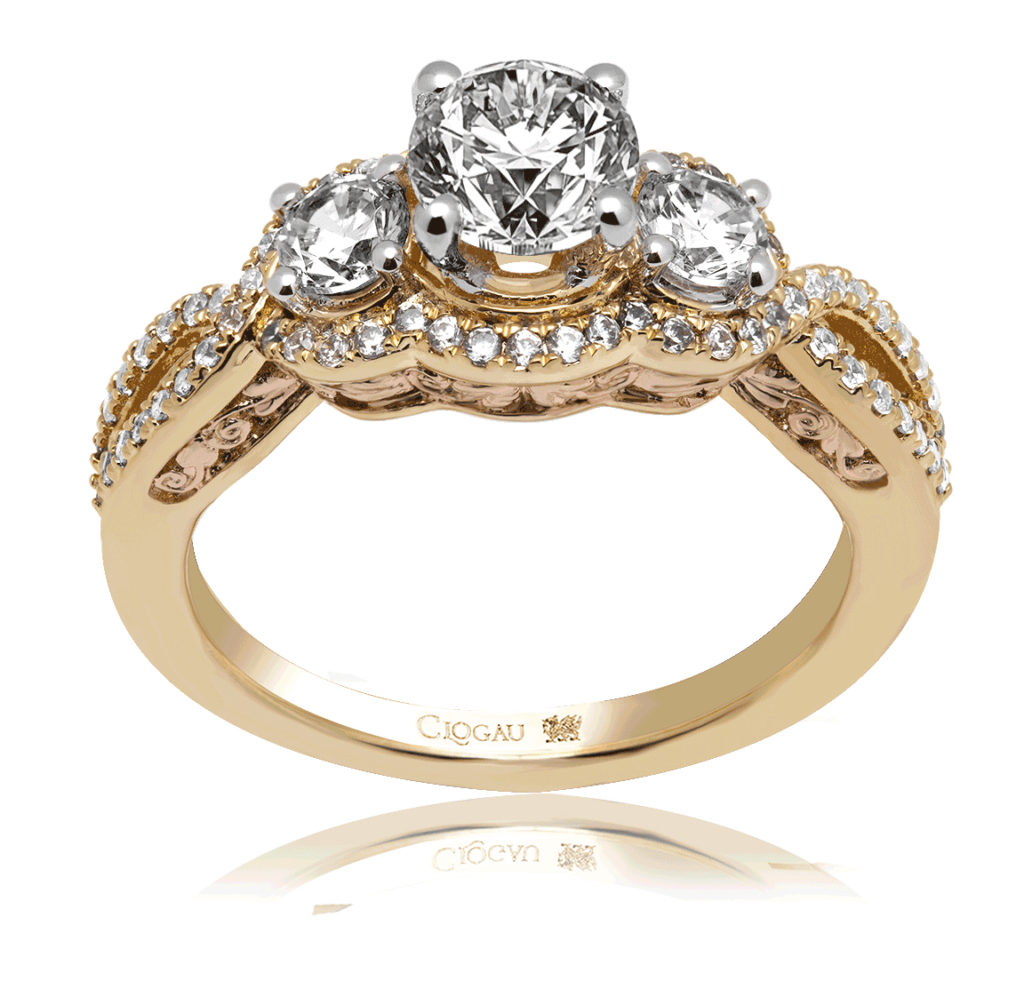
One Welsh mine produced a nugget of gold that composed the rings of three generations of royals. It was gleaned from the Clogau St. David’s mine in Bontddu, North Wales, and it made its way to the ring fingers of these royal family members:
- Queen Elizabeth, The Queen Mother
- Princess Margaret, Countess of Snowdon Anne, Princess Royal
- Diana, Princess of Wales
- Catherine, Duchess of Cambridge
Sadly, the mine closed in 1998, as a result of dwindling gold yield, ushering in another in a series of off-and-on closures that studded Clogau’s long history. But, in 2018 – just in time for another royal wedding – the mine’s “expansion potential” was reinvigorated by the potential discovery of new gold veins.
Reopening Clogau St. David’s Gold Mine
The plan to reopen in 2018 began taking shape as Alba Mineral Resources took a 49% share in Gold Mines of Wales Limited, the parent company of Clogau’s. Alba’s Executive Chairman at the time, George Frangeskides, remarked:
“The opportunity presented by this project is pretty unique – high grade gold in the heart of the United Kingdom, and the fact that Welsh gold attracts a significant premium” said George Frangeskides, Executive Chairman of Alba Mineral Resources in 2018. “The historic connections of Welsh gold with the heritage of the United Kingdom and the potential for finding more gold in the vastly under-explored exploration ground make a strong case for investment.”
Frangeskides was onto something: When the mine was surveyed using geological, geophysical, and geochemical means, there seemed to be untapped gold seams residing in the mine and throughout the Welsh countryside surrounding it. Not only was Clogau St. David’s ready to be reopened, but the potential for future nearby mines was emerging too.
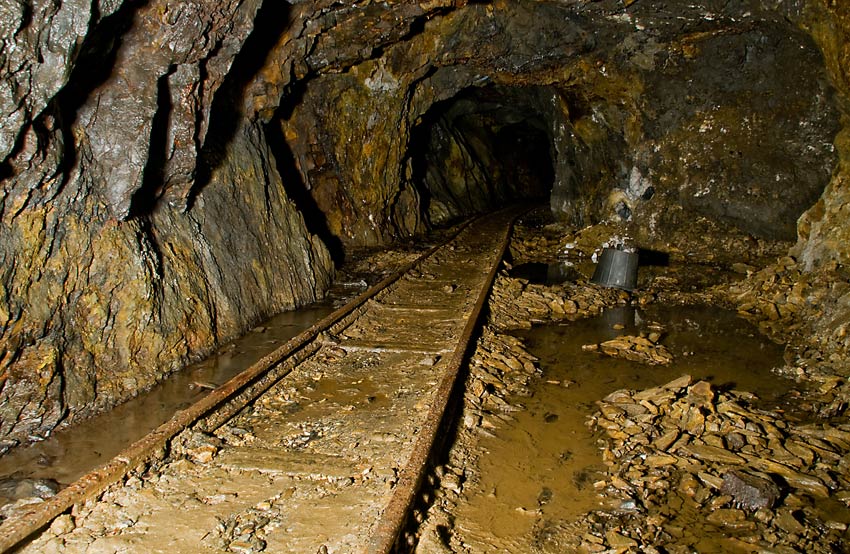
Why the Royals Use Welsh Gold for Their Wedding Rings
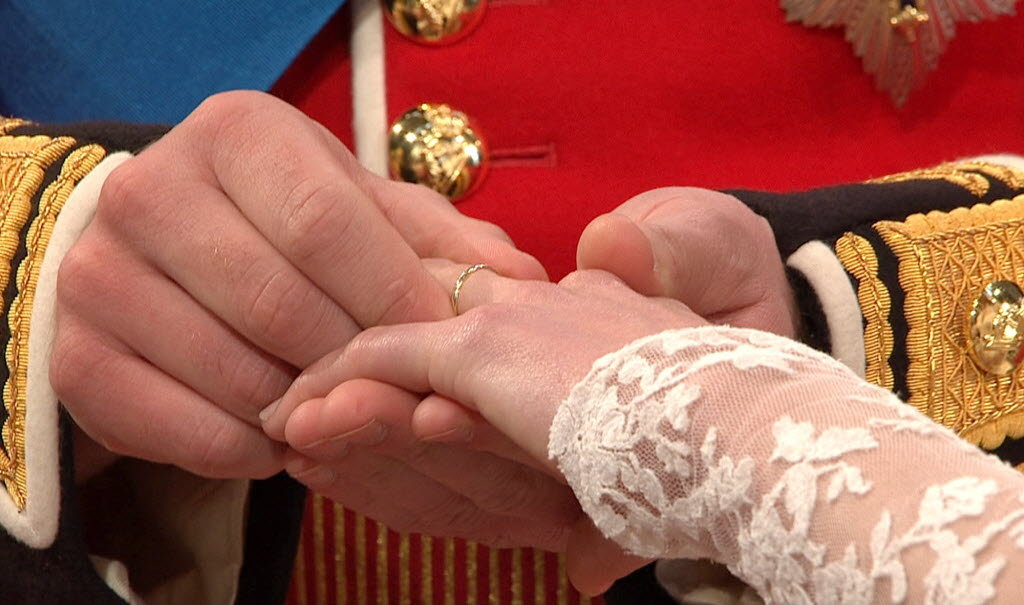
Over 81,000 (62%) of the 131,000 troy ounces of gold mined in Wales over the last two centuries has come from Clogau’s.
Clogau gold first entered the royal narrative thanks to the investiture of King Edward VIII in 1911 – when he was still the Prince of Wales – whose ceremonial coronet, rod, ring, and sword were all made of the precious Welsh gold. In 1923, the trend continued as Elizabeth Bowes-Lyon, later to be known as Queen Elizabeth the Queen Mother, selected a Welsh gold wedding ring.
The royal tradition carries on even now, 75 years later. Recent royal brides like Kate Middleton, the Duchess of Cambridge, donned a Welsh gold band to symbolize her nuptial to Prince William in their extravagant 2011 ceremony. And even the royal rebels, the Duke and Duchess of Sussex, kept the tradition afloat with their marriage in 2018.
The Impact of the Royal Family’s Interest in Welsh Gold
The timing of Meghan Markle and Prince Harry’s wedding had a remarkably positive impact on interest in the timeless and rare commodity, which contributed to hype and speculation around the reopening of Clogau’s.
Alba Mineral Resources had announced their intent to prospect around the famous Welsh goldmine in December 2017 with excavation efforts spanning a 100 square kilometre area. Their plan was to use the 21st century technology that was not previously at their disposal to determine where new seams may be. To do this, they commissioned surveys and the creation of thorough subterranean structural maps. Alba also took to the skies to conduct magnetic and electromagnetic surveys to complete the picture of what waited for them in the dormant Clogau mines.
And they certainly found what they were looking for, including a gold seam that could be worth up to £700 million in 2020, reinforcing the excitement around what lies beneath Clogau’s.
Gold Fever Reaches Scotland’s Cononish Gold Mine
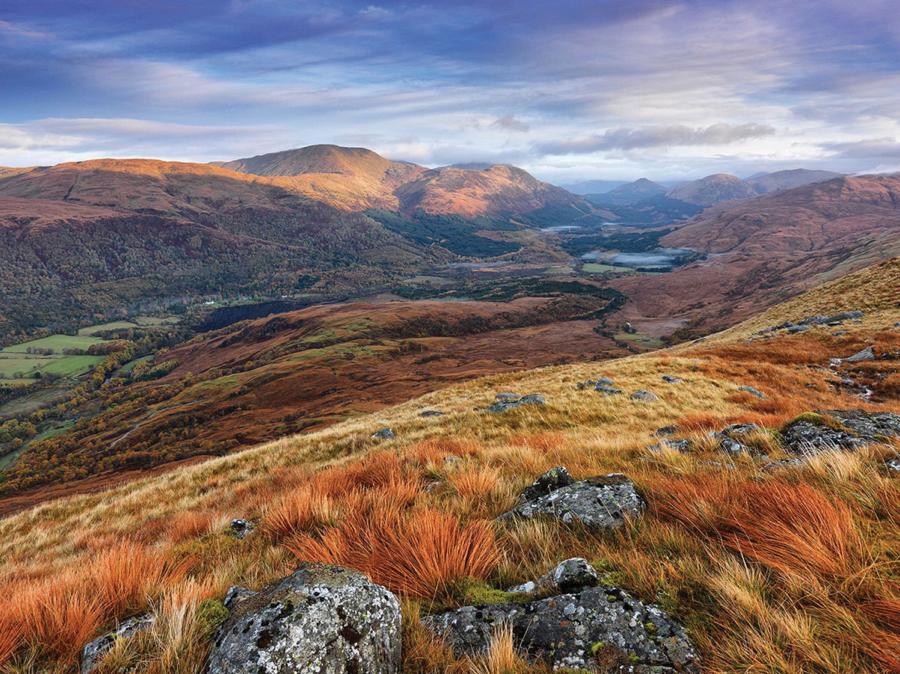
Scotland has joined in the gold mining revival by reopening the sole entirely underground gold mining operation in the UK at Cononish Mine in the Scottish Highlands. Owned by Scotgold Resources Limited, this underground gem about 60 miles north of Glasgow in the village of Tyndrum promises over 200,000 troy ounces of gold.
“We live in a tourist economy and this kind of Work tends to be cyclical, which causes problems with people having no work off-season. The gold mine opening would solve some of these problems and provide the opportunity of skilled work for a long time.”
John Riley, Chairman of Strathfillan Community Council.
Above-ground precious metal production has been happening at Cononish for a few years now, amassing over 2,400 tonnes of ore in the first year. But easy pickings at the surface would not last, prompting the decision to delve into underground excavation projects at the site to secure long term prosperity. With a suspected half a million tonnes of silver and gold ore residing in the quartz veins at Cononish, the production is being split between two of the largest jewellery manufacturers in Scotland.
Substantial financial backing from highly experienced Australian gold production and mining sector investors has helped Scotgold continue its efforts, since the Loch Lomond National Park location of the mine necessitates the achievement of special park authority permission to continue production.
Hoping to elevate the reputation of Scottish gold, Scotgold produced 10 one-ounce gold coins stamped with a stag’s head, which they auctioned to riveted collectors. One of the 10 coins sold for a whopping £21,000!
Commercial Gold Mining in Ireland Resumes
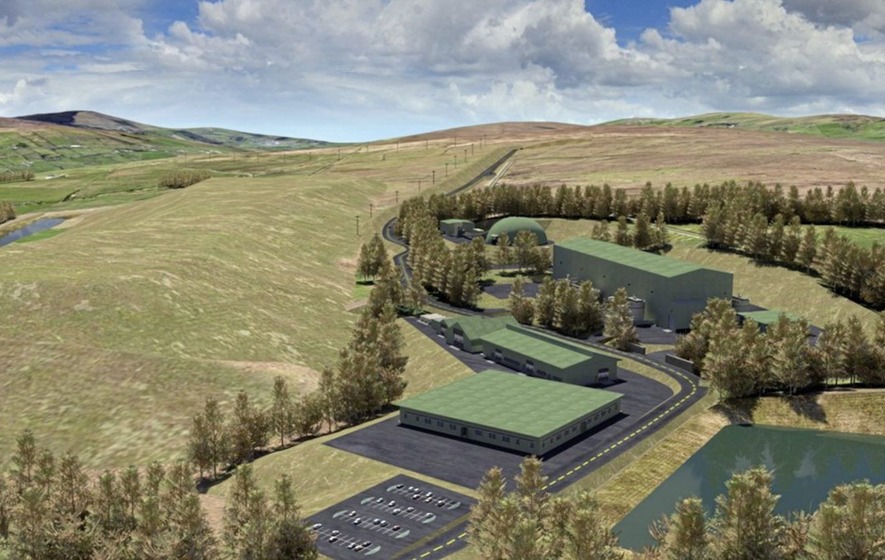
Commercial mining was set to resume in Northern Ireland too, with the £45 million investment pledge made by London Listed Dalradian PLC to Curraghinalt, a mine tucked away in the natural beauty of the Sperrin Mountains of Country Tyrone.
Thought to contain over 1.4 million troy ounces of gold worth £1.5 billion, previous efforts to unearth the riches of the Curraghinalt site had been unsuccessful because of issues acquiring the required explosives licenses during Northern Ireland’s Troubles. Today, the main obstacle to development is heightened environmental concern surrounding the use of cyanide extract gold from the ore – a proposition that was later withdrawn. Plus, the area impacted by mining plans is a phenomenal natural wonder that many seek to preserve.
Public enquiries have been carried out to assess if production should move forward. A substantial sum – hundreds of millions of pounds – has been raised by Dalradian to bring Curraghinalt to life with more than 2KM of underground tunnels. Now, the site employs hundreds of people and boasts the contribution of a £750m lift to Northern Ireland’s economy.
As gold mining gets new life in Curraghinalt, Connonish, and Clogau, a new age of appreciation for British gold mining is surely upon us.


